BNA
Action, Science-Fiction | 12 episodesAnime Review
Timidly, but surely, another dubious genre is trying to make a stand in the age of the isekais. It got a much needed bump back when Aggretsuko released its cunning society critique and recently poked more into the traditional otaku fan-base with Beastars. Of course, this subgenre was always there, small doses of it present in plenty of high profile animations too, even Disney tried a hand on it with its Zootopia. I am talking about furry. Yes, furry. It’s a bit weird for me, but it can work, maybe.
Anyway, in contrast with the overwhelming number of isekais, most of the furry animations did a good job. They were vastly superior in creating likable characters and drama, as well as delivering a better parallel with our modern society and issues about racism and stereotyping. I’ve always considered quite a needless exaggeration, as all of their stories could easily be told with human characters, but it works regardless of what I think.
BNA, which means Brand New Animal, is another attempt at exploring furry characters in a world that hates them, this time delivered by the flashy guys from studio Trigger. In this story, Kagemori Michiru flees her home and the human society after becoming a raccoon beastman. She seeks refuge and aid in Anima-City, a district created specifically for the beastmen, where they live separated from mankind while trying to civilize their behavior, or something like that.
It’s about racism
In a nutshell, pick any non-white people in the western world and we have our beastmen from BNA. They are treated as unworthy creatures that are not even humans by the standards of the dominant class, and as a consequence they are pushed to the edges of society, forced to live on their own terms and deprived of better resources, knowledge, and technology.
Of course, in BNA everything is upped a notch. There is no subtlety here. The racist humans kill beastmen on sight, they mock them, and they clearly state that beastmen are savages. They also use some beastmen themselves to do the dirty work. Yes, just like our society, but on steroids. It is a clear message though, and in this picture enters our protagonist.
And she is confused
Michiru is a beastman who cannot change her shape back to human (yeah, regardless of all that prejudice, beastmen can look like humans if they want to). She, however, was a very “normal” human girl until a while ago, suddenly morphing into a raccoon and becoming an object of hatred by her neighbours. She believes she got something like a beastmen disease, and her hope is to cure herself from it when she reaches Anima-City.
There, however, she starts to revel in the beastmen society, understanding that it is not that different from human society at all, with all its issues and joys, evil thugs and caring people, villains and heroes. During her time in the city, she meets Shirou, a wolf beastman tasked with helping the city’s mayor and the police forces. It is along with Shirou that Michiru grows to understand that beastmen may have their own culture and traditions, but they are no lesser beings than any human she met before.
And she is special
Michiru also uncovers some special powers of her own, which perhaps have to do with her unnatural transformation into a beastman. All of it, however, is delivered in a comic-like way, putting Michiru in every important event going on in Anima-City. Anything dangerous happening? Oh, there is Michiru in the middle of it casually doing her stuff.
She is a caring genki girl, so she is pulled around for any ridiculous reason. This is where Studio Trigger’s signature comes into place, presenting an energetic animation that mixes stylized action with a 90’s feel to it. Michiru will be fighting thugs, ridiculously big beastmen, play deadly beastmen baseball, free orphans from mafia members, and much more. Every time she needs help to survive, Shirou shows up.
And he is too much
Shirou is a stylish wolf that works as a script’s tool to save Michiru’s ass more often than not. He has some deeper motivations and can be a bit more likable by the end, but the fact is that he is too much. He is far too powerful, for starters. After his first bout with some random thugs you understand that he is basically invincible, and from that there is little in the way of danger for him. It is the same problem plaguing isekais with their protagonists. Yeah, it gets boring quickly.
Shirou also magically saves the day too many times. It would be much better to see Michiru managing to escape a dangerous situation or win a fight by herself, but she just barely manages to survive until Shirou comes to save her. Once again, it gets boring quickly.
BNA is perhaps too much, like anything from Studio Trigger is. Its 90’s art style, color palette, and basic structure of a big city where everything happens is enjoyable, but at some points it really looks like a 90’s show. The racism approached by the tale also seems to get carried away by comical exaggeration, losing power after a while and not really becoming funny. It’s fun watching Michiru play insane baseball, but the overwhelming amount of topics in the background of the matches are never addressed, making that entire arc feel bland after its conclusion.
In a way, BNA is a repetition of that. It presents a serious topic with plenty of implications, yet it somehow gets sucked by the exaggerated aspects of its comical style and ends up forgetting about the initial topic at all. The show that starts telling about racism and beastmen ends up being about supernatural beings and fighting evil monsters.
Anyway, it is enjoyable though, much better than the usual trash we’ve had in the isekai horde.
Detailed Scores
-
Production - 6/106/10
-
Direction - 4/104/10
-
Concept - 4/104/10
-
Character - 4/104/10
-
Enjoyment - 7/107/10

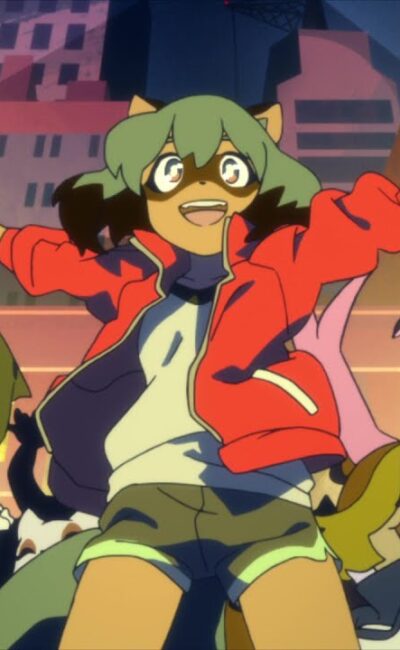
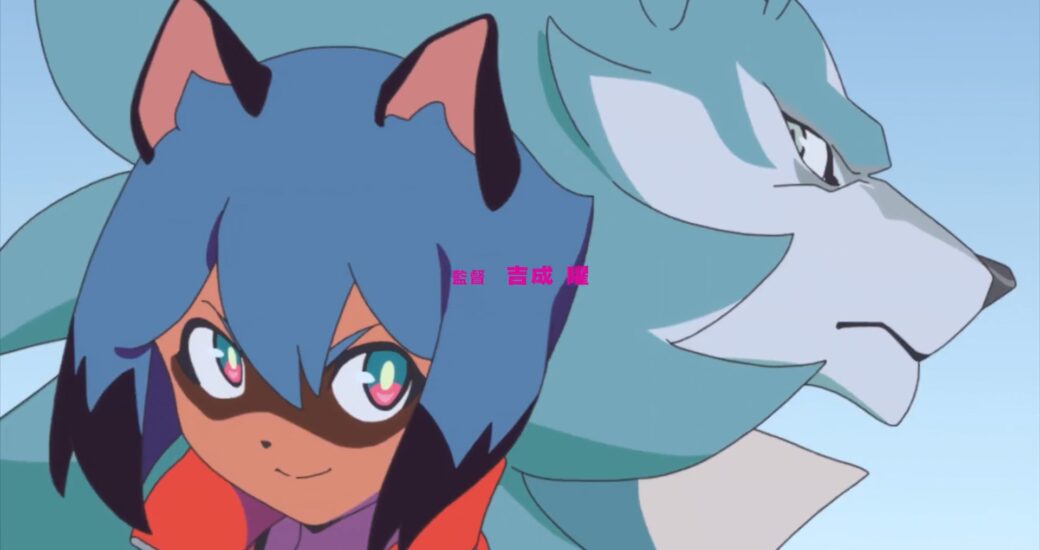
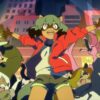
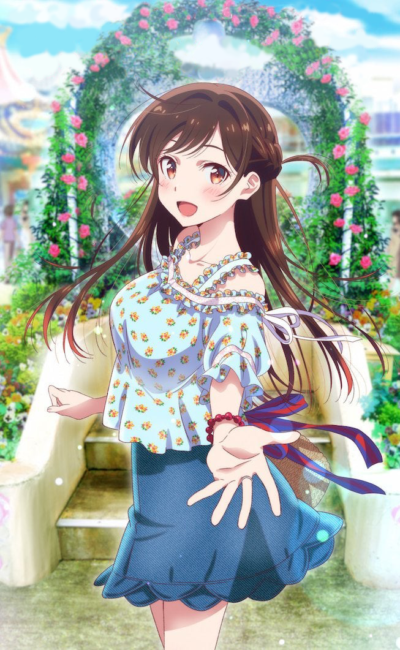

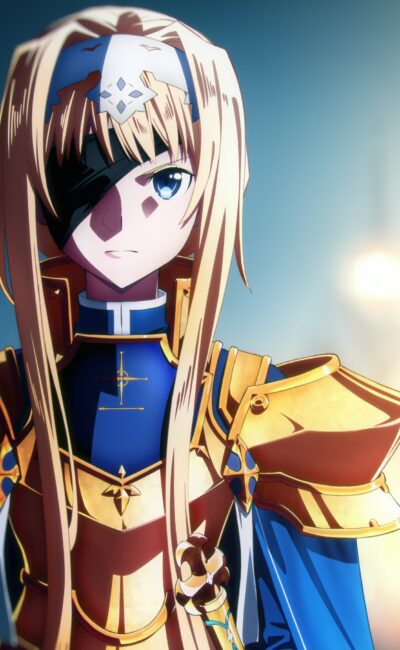
Comments ( 0 )